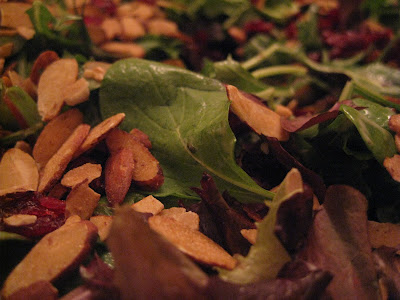The largest island in the Mediterranean Sea, Sicily is located right off the southern most tip of Italy. Highly rich in the arts, cuisine, architecture and language, Sicily is an autonomous region of Italy (autonomous means the right to self-government; 5 of the 20 regions of Italy benefit particular conditions of autonomy). The economy in Sicily relies largely on the production of oranges and lemons, as well as tourism due to its untarnished natural beauty.
Upholding the nickname of God’s Kitchen, Sicily developed a history of producing a variety of noted cuisines and wines. Sicily's varied climate produces crops that are intrinsically flavorful, particularly those grown in the rich soil fertilized by Mount Etna's eruptions. Due to the quality and natural flavor of Sicilian-grown vegetables, the local cuisine is usually simple so as not to overpower the taste buds with a combination of too many strong flavors.
Healthy and affordable by the general populace, their savory dishes include fresh fruits and vegetables, such as tomatoes, olives/olio, artichoke hearts, citrus fruits, apricots, aubergines (eggplant), onions, beans, raisins and freshly caught seafood. The cuisine is also famous for the rich sweet dishes including ice creams and pastries.
Spices commonly used in Sicilian cuisine include saffron, nutmeg, cloves, pepper and cinnamon. These spices were introduced by the Arabs due to the cultural blending that took place during the earlier years of Italian history. Parsley is also used abundantly in many dishes.
As like the rest of Italy, pasta/rice, dairy and meats play an important role in their cuisine. They use both cow’s and sheep’s milk to develop cheeses particular to their own region, yet also include many other cheeses. Two examples are Pecorino Siciliano and Caciocavallo cheese. Pecorino Siciliano is an origin-protected firm sheep milk cheese. Caciocavallo cheese, made with either sheep or cow’s milk, is shaped like a tear-drop and is similar in taste to the aged Southern Italian Provolone cheese, with a hard edible rind.
The Normans (people who gave their names to Normandy, a region in northern France, that descended from Viking conquerors of the territory) and Hohenstaufen ( or the Staufers; a dynasty of Germanic Kings who in 1194 became Kings of Sicily) first introduced meat dishes to the island and fashioned a fondness for the meats. Meats commonly consumed in Sicily include goose, lamb, goat, rabbit, and turkey.
Rich in culture and well defined in cuisine, Sicily is one of the seven wonders in my world.








 (Photographs taken by Alex Griffin)
(Photographs taken by Alex Griffin)








 An Eat-In is a gathering of people in a very public place sharing a meal they have cooked together. It is a “protest potluck,” both a celebration and a demonstration. Its purpose is to make a public statement about the need to fix our broken food system. By gathering participants around the table for a meal, an Eat-In also aims to build communities of people who are committed to creating a food system that brings more people good, clean and fair food.
An Eat-In is a gathering of people in a very public place sharing a meal they have cooked together. It is a “protest potluck,” both a celebration and a demonstration. Its purpose is to make a public statement about the need to fix our broken food system. By gathering participants around the table for a meal, an Eat-In also aims to build communities of people who are committed to creating a food system that brings more people good, clean and fair food.





